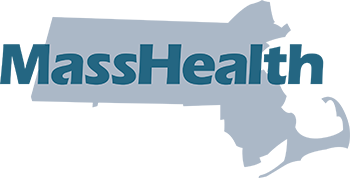What the End of Cost-Sharing Reduction Payments Means for You
We understand that recent national news about the elimination of federal Cost-Sharing Reduction payments—or CSRs—may be confusing for members. To help members understand who may be impacted and what they should do, we have provided this guide to help you understand if you are impacted and what to do. What are Cost-Sharing Reduction payments? Cost-Sharing Reduction payments—or CSRs—are made by the federal government directly to health insurance carriers to help lower the cost of certain Silver tier plans for lower-income consumers. This discount helps lower the amount have to pay for deductibles, co-payments, and co-insurance, making Silver tier health plans more affordable for families who household income is 100% to 250% the federal poverty level. (This is an income range of about $24,600 to $61,500 per year for a family of four.) Are CSRs the same as Advance Premium Tax Credits? No. The Advance Premium Tax credit, or APTC, is a separate subsidy eligible members receive to help make insurance more affordable. APTC is a federal tax credit that—unlike tax credits you claim when you file your taxes—can be used right away to lower your monthly premium costs. This tax credit is not impacted by the recent Executive Order to end Cost-Sharing Reduction payments and will still be available for families who qualify. So, what does it mean for me now that Cost-Sharing Reduction payments are no longer available? To protect coverage for most members for 2018, the Health Connector has allowed for [...]











